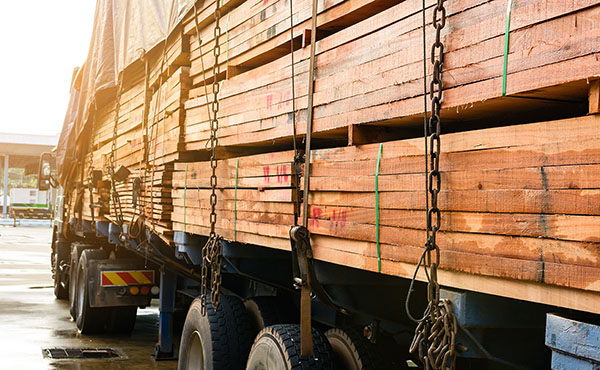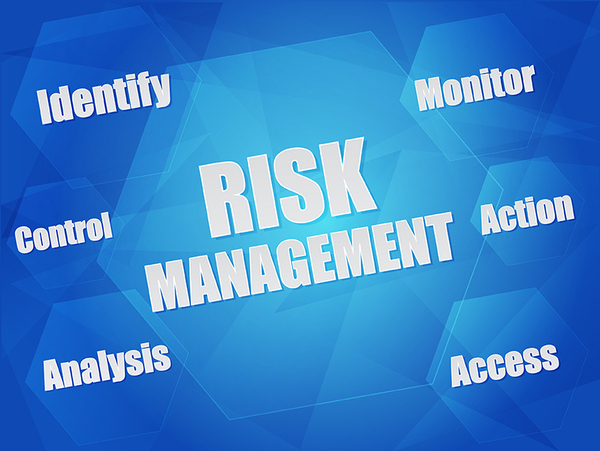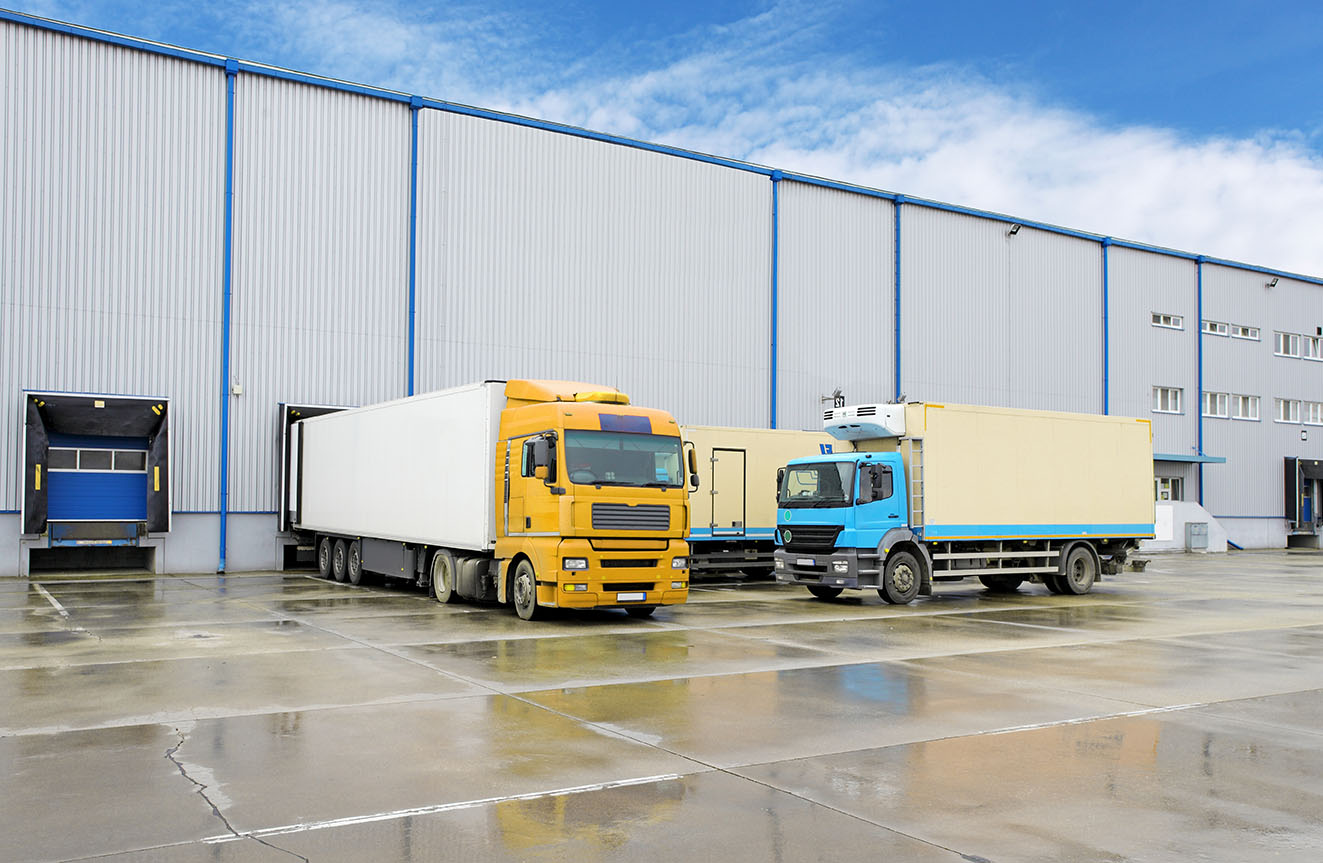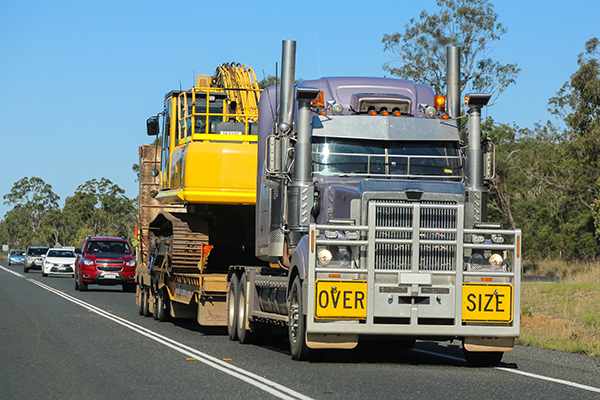Chain of Responsibility (CoR)
Chain of Responsibility (CoR)
The Chain of Responsibility (CoR) is an important concept in the context of national heavy vehicles, particularly in the transportation and logistics industry. CoR refers to the legal framework that holds multiple parties accountable for ensuring compliance with safety standards and regulations associated with heavy vehicle operations.
The Chain of Responsibility (CoR) laws came into effect in the beginning of October-2018. Under the new CoR laws, all parties in the Chain will have a proactive and non-delegable duty to take all reasonably practicable steps to ensure the safety of their transport activities.
All Executives (Directors, Partners, Owners) will have a proactive and non-delegable duty to exercise due diligence to ensure that their business complies with its duty.
If you consign, pack, load or receive goods as part of your business, you could be held legally liable for breaches of the Heavy Vehicle National Law (HVNL) even though you have no direct role in driving or operating a heavy vehicle. In addition, corporate entities, directors, partners and managers are accountable for the actions of people under their control. This is the Chain of Responsibility (COR).
The CoR concept recognizes that various entities, beyond just the driver, have a shared responsibility for the safe operation of heavy vehicles. These entities may include the vehicle owner, the operator, consignors, loaders, schedulers, and others involved in the supply chain. The objective is to ensure that everyone involved in the chain takes appropriate steps to prevent risks, reduce accidents, and promote road safety.



- working procedures
- awareness/training programs
- compliance clauses in all supply chain contracts
- compliance performance monitoring and response/remedy procedures
- Executive compliance reporting
Legal Consequences
Non-compliance with CoR obligations can result in legal consequences, including penalties and potential liabilities. This acts as a deterrent and encourages parties to take their responsibilities seriously, ensuring that safety measures are given due attention.
Maximum penalties will increase to $3 million for corporations and $300,000 plus up to 5 years in jail for individuals
An incident or accident does not need to occur in order for you to be investigated, prosecuted and fined.


Who is included in the Chain?
- Consigning – A person or company commissioning the carrying of goods
- Packing – Placing goods in packages, containers, or pallets
- Loading – Placing or restraining the load of the vehicle
- Driving – The physical act of driving a vehicle
- Operating – A responsible person/ entity which controls the use of a vehicle
- Receiving – Paying for the goods/ taking possession of the goods
Safety
The primary objective of CoR is to enhance safety on the roads. By imposing responsibilities on multiple parties, it encourages a collective effort to address safety risks associated with heavy vehicle operations. This includes ensuring that vehicles are properly maintained, loaded within legal limits, and operated in a safe manner.


Accountability
The CoR promotes accountability by holding each party responsible for their actions or omissions that may impact safety. It helps prevent the practice of transferring all responsibility onto the driver alone, recognizing that other parties in the chain also contribute to safety outcomes.
Compliance


Risk Management
Industry Collaboration


Communication and Training
A Safe Work Method Statement (SWMS) serves as a communication tool for all parties involved in the transport activities, including drivers, supervisors, workers, and contractors. It provides a clear and standardized document that outlines the safety requirements and procedures to be followed. This promotes effective communication, understanding, and collaboration among the workforce. Additionally, a SWMS can be used as a training resource to educate employees about safe work practices, hazards, and risk control measures.
Toolbox meetings and Daily Prestart Meetings are also a good way to communicate and document safety issues, requirements and are evidence of training
Contractor Management



Chain of Responsibility (CoR) Policy and Procedure Contents
You can purchase the Chain of Responsibility (CoR) Policy and Procedure as a stand alone document or it’s included in the JSEAsy Premium version along with all of our other polices and procedures, Safe Work Method Statements and Safe Operating Procedures as a total; WHS/ OHS management system to help you with compliance and implementation.
Contents of the Policy and procedure include:
- Raising Concerns.
- Driver responsibilities.
- Consignor/consignee responsibilities.
- PCBU responsibilities:
- Receiving.
- Driving.
- Packing.
- Who is included in the Chain?
- Load Restraint
- Speed.
- Driver Fatigue.
- Scope.
- Purpose.
- Introduction
- Outcome.
- Policy.
- Fatigue Management
- Speed Management
- Mass and Dimension Limits.
- Consigning.
- Loading.
- Operating.
- Responsibilities.
- Manager/ Operator/ Scheduler responsibilities:
- Loading manager/loader/packer responsibilities.
- Breaching the Policy.
- Related Policies.
- Acknowledgement Form.
JSEAsy a Complete Safety Management System
The JSEAsy Premium version has an array of different policies, procedures, registers and checklists to compliment the Chain of Responsibility (CoR) Policy and Procedure as well as manage your safety obligations under the WHS ACT and Regulations
The WHS forms listed below are particularly pertinent to the Transport Industry.
- WHS Form 02 Tool Box Meeting
- WHS – Form 04 – WHS Policy
- WHS – Form 05 – WHS Policy Statement
- WHS – Form 08 – Rehabilitation Policy Statement
- WHS – Form 09 – Rehabilitation Policy
- WHS – Form 17 – Subcontractor Safety Notification
- WHS – Form 21 – Workplace Health and Safety Audit Matrix
- WHS – Form 22 – Workplace Health and Safety Management Plan
- WHS – Form 23 – Environmental Policy Statement
- WHS – Form 27 – JSEA Preparation Flow Chart
- WHS – Form 32 – Working at Heights Policy
- WHS – Form 33 – Drugs and Alcohol Policy
- WHS Form 36 Daily Toolbox & Attendance
- WHS – Form 34 – Harassment, Discrimination and Workplace Bullying Policy
- WHS – Form 37 – Manual Handling Policy
- WHS – Form 38 – Work tools & equipment checks policy and procedure
- WHS – Form 39 – Fall From Height – Emergency Response Procedure – if access equip on site
- WHS – Form 40 – Fall From Height – Emergency Response Procedure – No access equip on site
- WHS – Form 41 – EWP – Emergency Response Procedure
- WHS – Form 50 – First Aid risk assessment and procedure
- WHS – Form 51 – Hazard and Risk Management Procedure
- WHS – Form 54 – WHS Manual
- WHS – Form 59 Fitness For Work – Testing Protocol and Policy
WHS Form 60 Plant and equipment Register - WHS Form 61 Portable Ladder Inspection
- WHS Form 65 Equal Employment Opportunity Policy Statement
- WHS Form 66 WHSE Roles and Responsibilities
- WHS Form 70 Fatigue Management Policy and Procedure
- WHS Form 73 Site Induction Checklist
- WHS Form 75 WHS Objectives and Targets
- WHS Form 77 WHS Management Review Meetings
- WHS Form 78 Annual Training Program
- WHS Form 81 Management of Change
- WHS Form 84 Speed Management Policy and Procedure
- WHS Form 85 Gross and Axle Weights Policy and Procedure
- WHS Form 86 Heavy Vehicle Loading Procedure
- WHS Form 88 Truck and Trailer daily checklist
- WHS Form 89 Accident or Incident Register
- WHS Form 109 Mass Dimension and Load Restraint Policy




